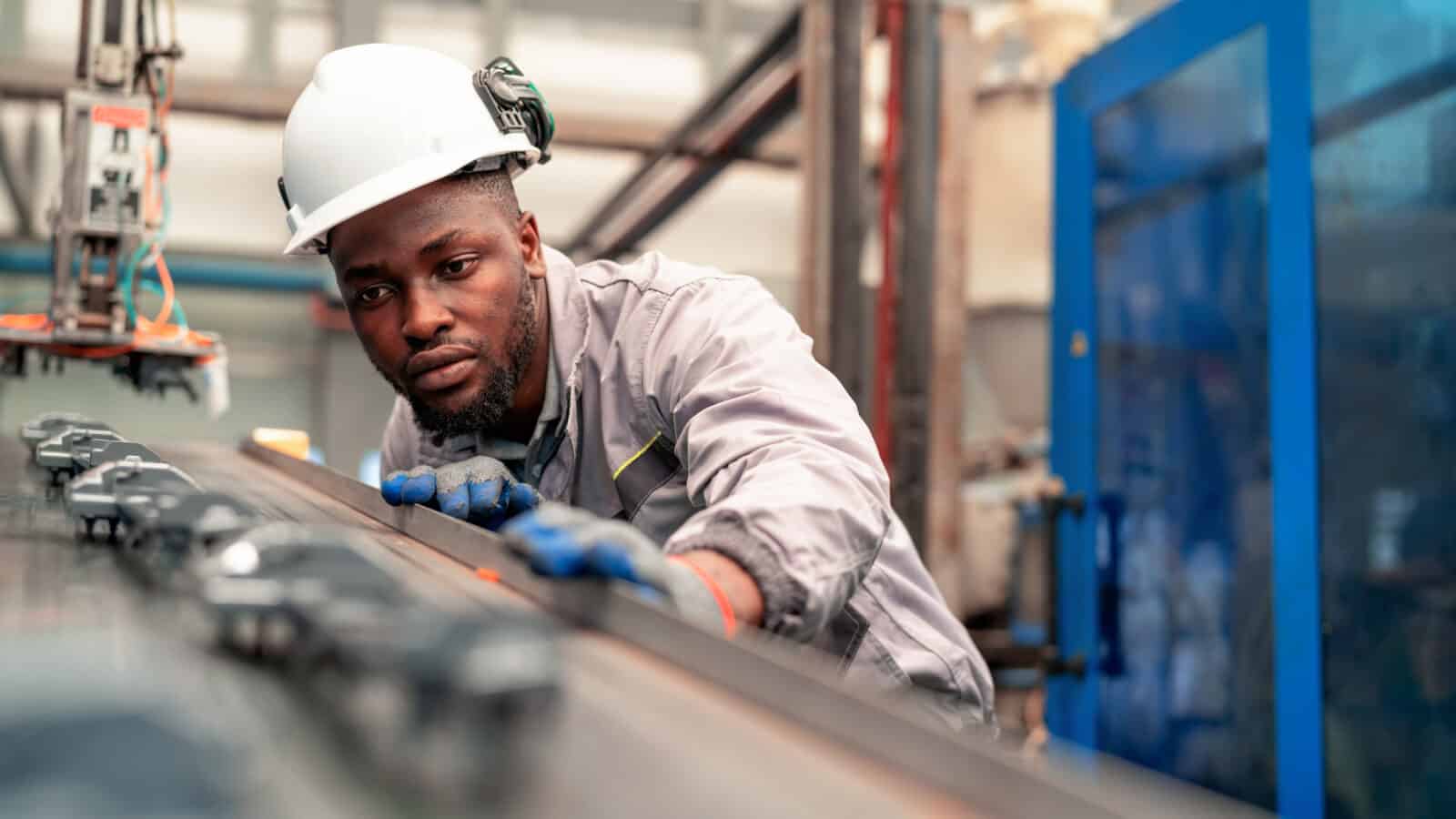DOE Finalizes Low-Income Bonus Energy Credits

New renewable energy facilities built in areas designated as low-income communities are now eligible for bonus investment tax credits (Law360, subscription).
What’s going on: The Treasury Department on Wednesday unveiled final regulations for the 48E(h) Clean Electricity Low-Income Communities Bonus Credit Amount Program, which was established by the 2022 Inflation Reduction Act and is an expansion of the 48E Clean Electricity Investment Tax Credit.
- “The final regulations expand the list of eligible power-generating facilities that can qualify for what’s known as the low-income bonus credit program, which initially was available for only solar and wind projects. Additional credits are now available for facilities built to produce electricity that do not release greenhouse gas emissions into the atmosphere under the final rules.”
- Newly eligible projects include nuclear, geothermal and hydropower endeavors.
What it does: The 48E(h) credit—which is intended to encourage the building of renewable energy facilities in underserved locations as a way of boosting local economies—increases the 30% credit given by the 48E “by 10 or 20 percentage points for facilities with a maximum power capacity of less than 5 megawatts.”
- “This year’s program has an annual capacity limitation of 1.8 gigawatts that is divided across each category of low-income areas. For example, a project in a low-income community gets allocated 600 megawatts, while one on Native American land gets 200 megawatts.”
How to apply: The application period opens at 9:00 a.m. ET on Jan. 16 and closes at 11:59 p.m. ET on Aug. 1. Interested project owners can apply here.
